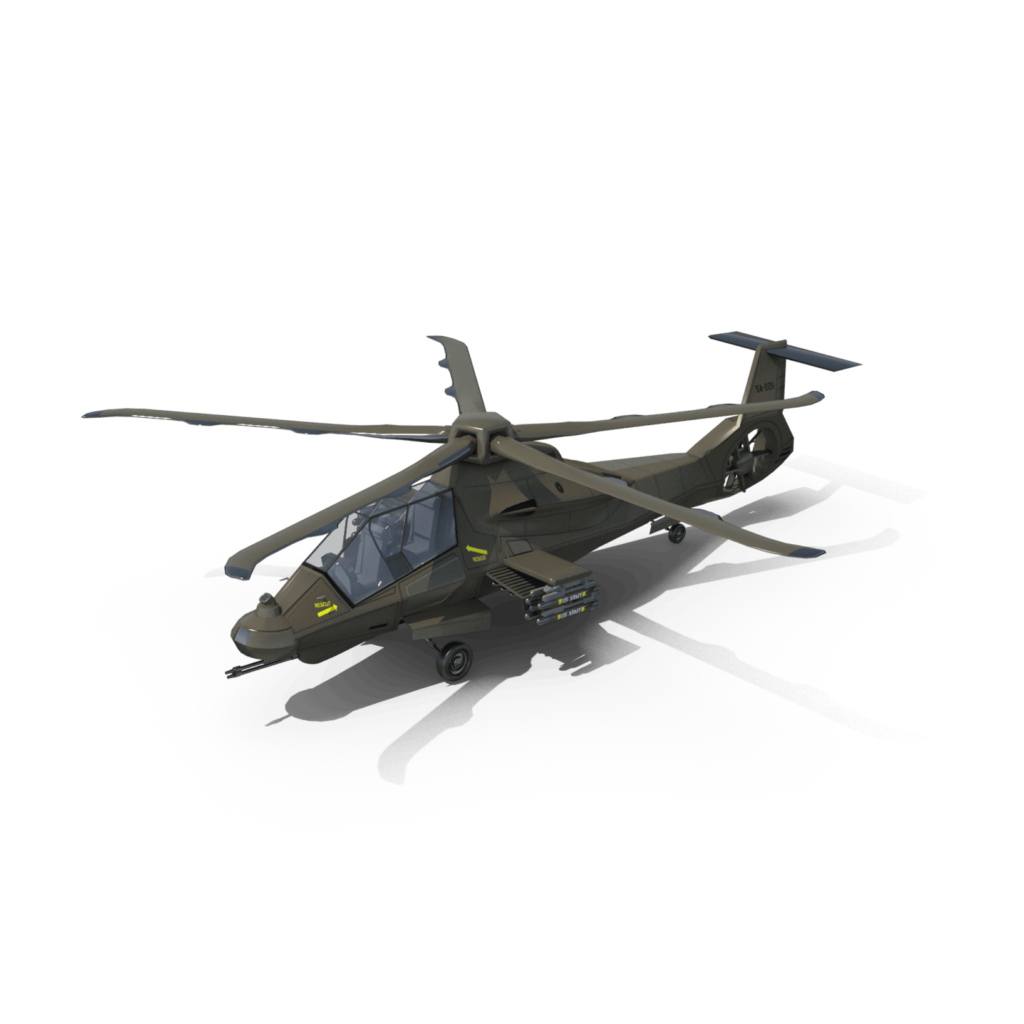
Are U.S. Navy Brass Making Unannounced Visits to Taiwan?
Here’s What You Need to Remember: The two star admiral’s visit to Taiwan comes as Washington has increased its engagement with Taipei, especially in the past year. The Trump administration has recently authorized billions of dollars of arms sales to the Republic of China (Taiwan) to help it fend off increased aggression from the PRC, which sees the independent self-governed island as a breakaway province. Beijing has made it clear that Taiwan will be returned to its control by force if necessary.
It has been widely reported that the government in Taipei publicly acknowledged that members of the United States Marine Corps had conducted training operations with the Taiwanese military. A unit of Marine Raiders was reportedly deployed to the island nation to help boost its military readiness. Now someone with a few more medals on his chest and a bit more experience on the international stage also apparently visited Taiwan.
Sources told the Reuters News Agency on Sunday that a “two star Navy admiral” overseeing U.S. military intelligence in the Asia-Pacific region made an “unannounced visit. While it hasn’t been confirmed by outside sources, the U.S. Navy officer was reportedly Rear Adm. Michael Studeman, director of the J2, which oversees intelligences at the U.S. Navy’s Indo-Pacific Command.
The South China Morning Post reported that the admiral arrived on Sunday evening aboard a U.S. Gulfstream C-37, which is the type of aircraft that provides flights to senior U.S. government officials and law makers.
Taipei did not confirm that it was Studeman who actually made the flight, while the Pentagon declined to comment.
“There are frequent interactions between Taiwan and the United States, and we welcome the visit by the U.S. official, but as this itinerary has not been made public, the foreign ministry has no further explanation or comment on his visit based on mutual trust between the two sides,” Joanne Ou, spokeswoman for the foreign ministry, said on Monday.
Last Friday People’s Republic of China (PRC) deputy director of the Chinese Ministry of Foreign Affairs Information Department Zhao Lijian said that Beijing “firmly opposes all forms of official exchanges between the United States and Taiwan.” He suggested that doing so would harm the peace and stability across the Taiwan Strait and Sino-U.S. cooperation.
Spotlight on Studeman
Studeman, who is the son of a career naval officer, is a 1988 graduate of the College of William and Mary, and is also a distinguished graduate of the Naval Postgraduate School, and honors graduate in Mandarin Chinese from the Defense Language Institute and a distinguished graduate of the National War College. He had previously served as an air intelligence officer for attack squadron 35 (VA-35). Adm. Studeman previously commanded the Hopper Information Services Center, Suitland, Maryland, and Joint Intelligence Operations Center, U.S. Cyber Command, Fort Meade, Maryland. He was also the director of intelligence, U.S. Southern Command, Miami, Florida.
The two star admiral’s visit to Taiwan comes as Washington has increased its engagement with Taipei, especially in the past year. The Trump administration has recently authorized billions of dollars of arms sales to the Republic of China (Taiwan) to help it fend off increased aggression from the PRC, which sees the independent self-governed island as a breakaway province. Beijing has made it clear that Taiwan will be returned to its control by force if necessary.
The PRC government has also made it clear it is not pleased with the arms sale, and the Chinese Foreign Ministry has stated that it urged “the United States to strictly observe the one-China principle and the three China-U.S. joint communiqués, and stop selling weapons to Taiwan or having any military ties with it.”
While it isn’t clear how the incoming Biden Administration will react to Beijing’s demands, it is clear that the Trump administration is for bolstering Taiwan’s defenses.
Peter Suciu is a Michigan-based writer who has contributed to more than four dozen magazines, newspapers and websites. He is the author of several books on military headgear including A Gallery of Military Headdress, which is available on Amazon.com. This article first appeared last month and is being republished due to reader interest.
Image: Reuters.


